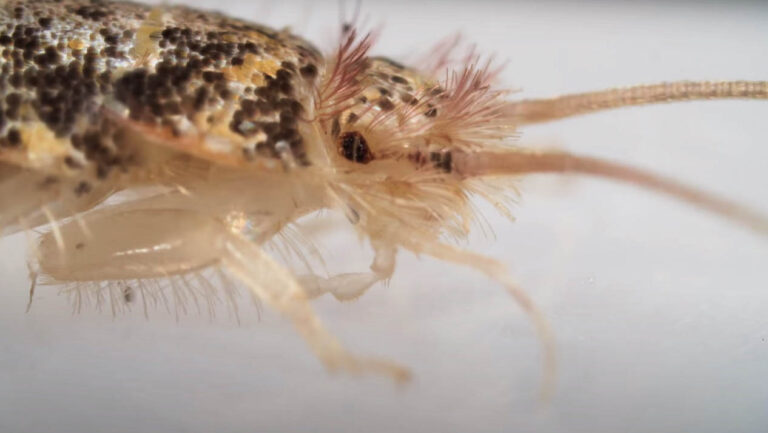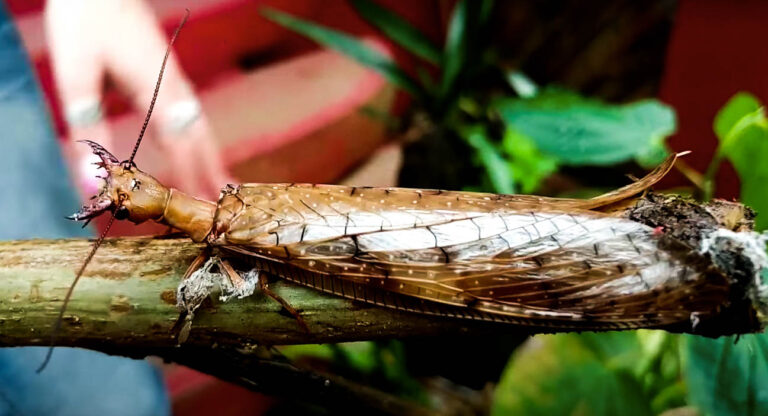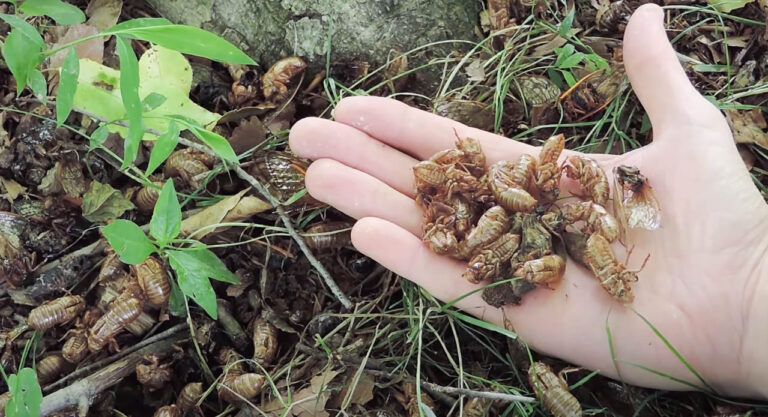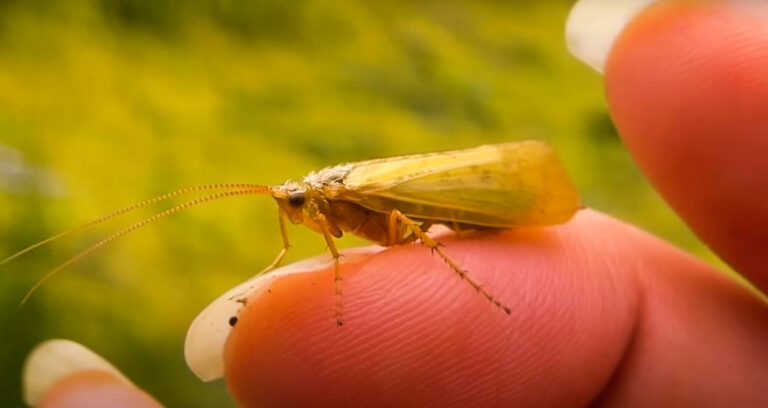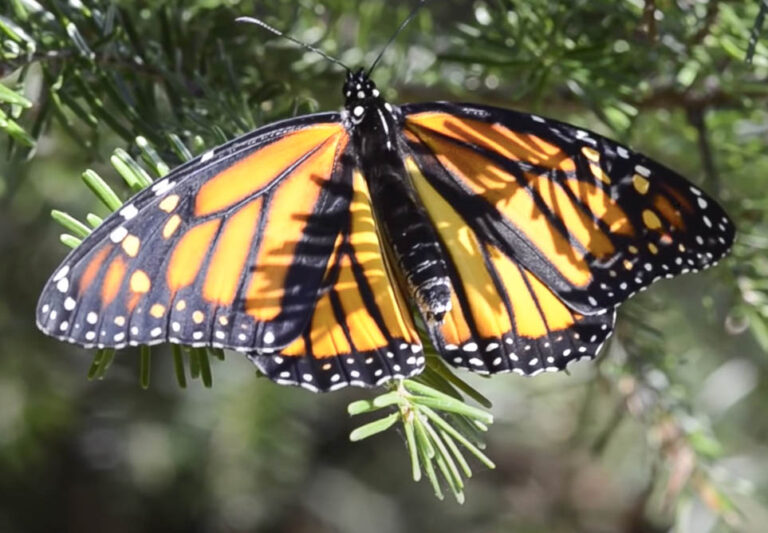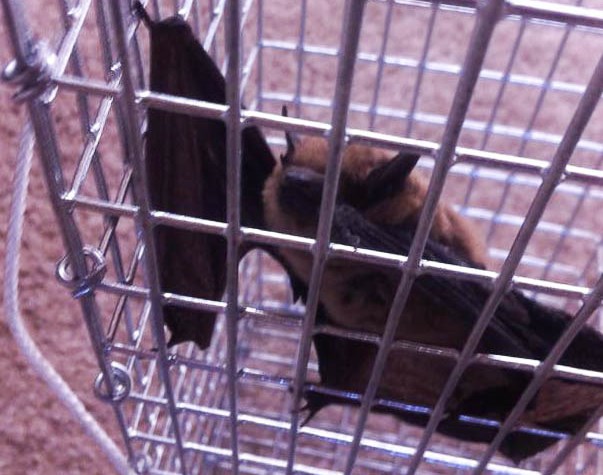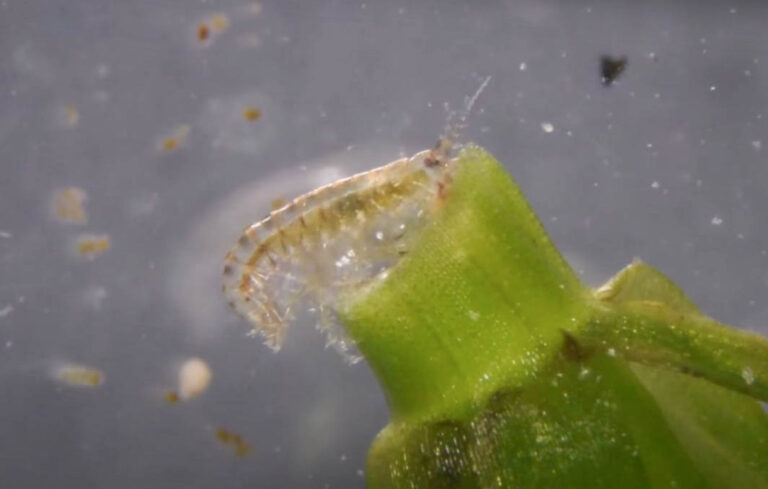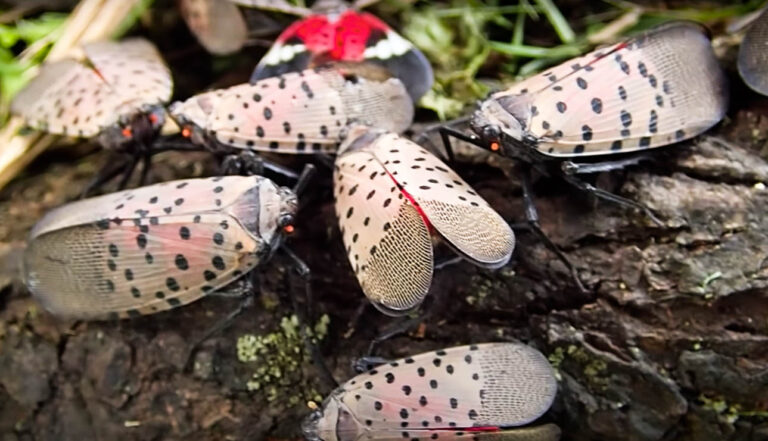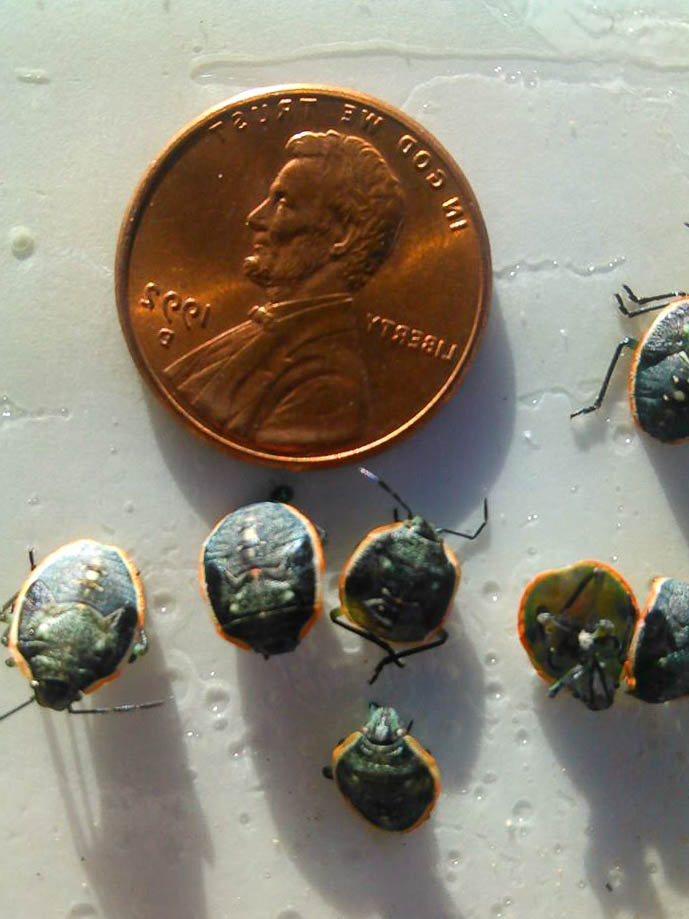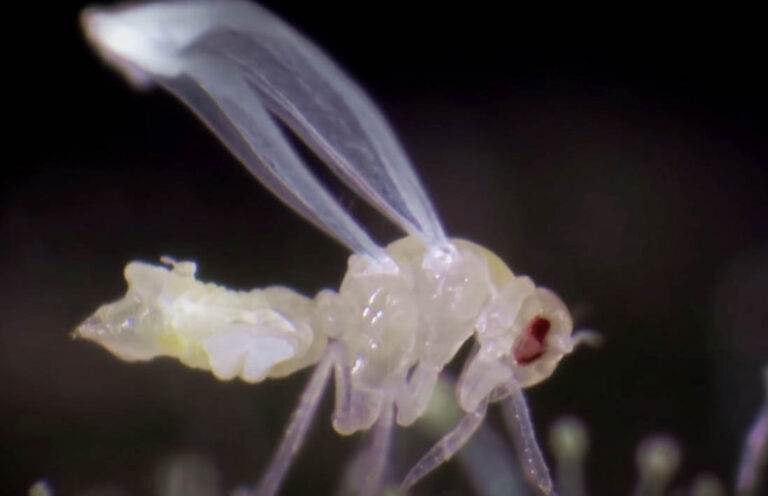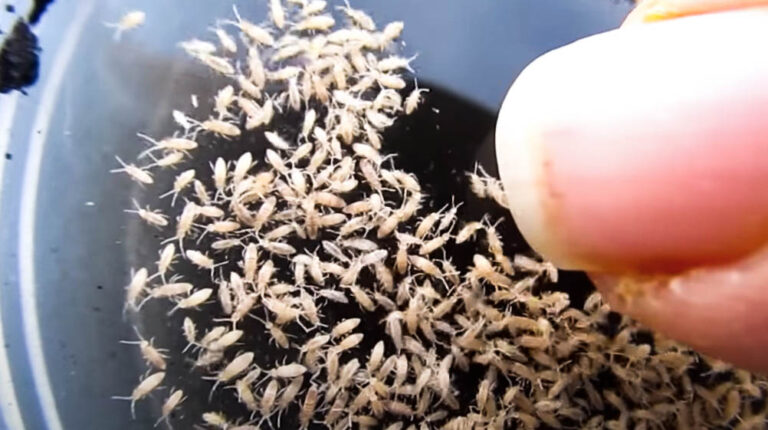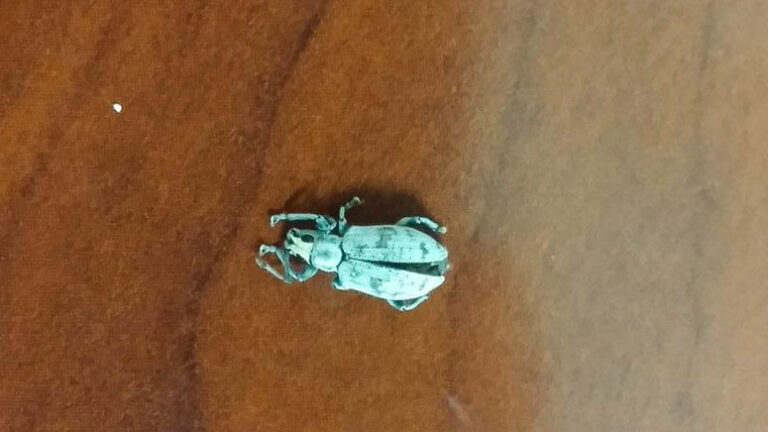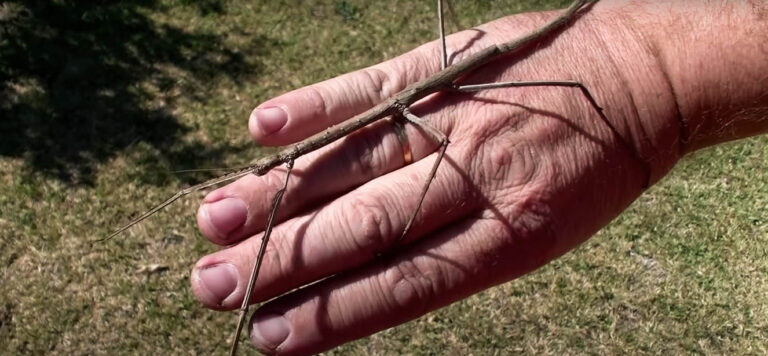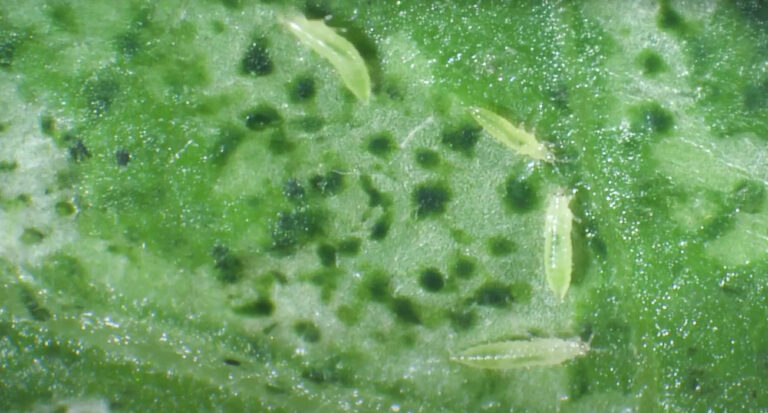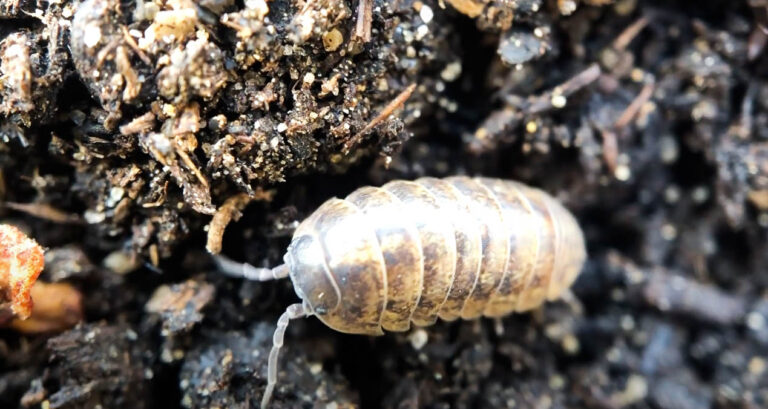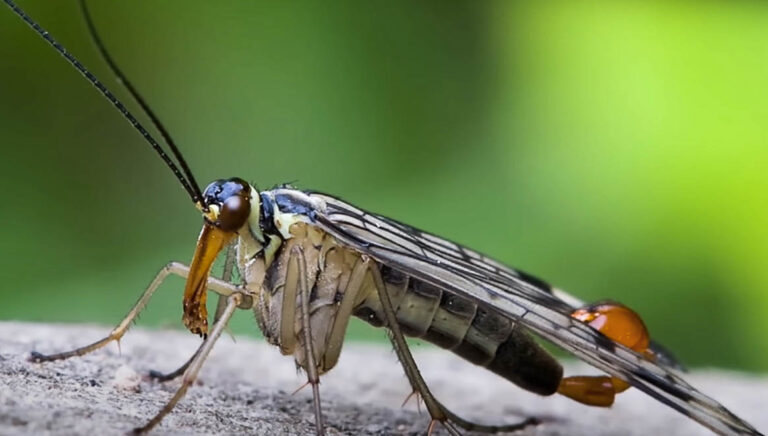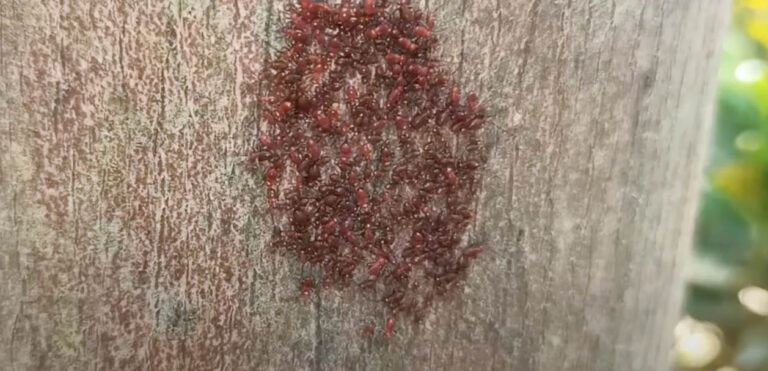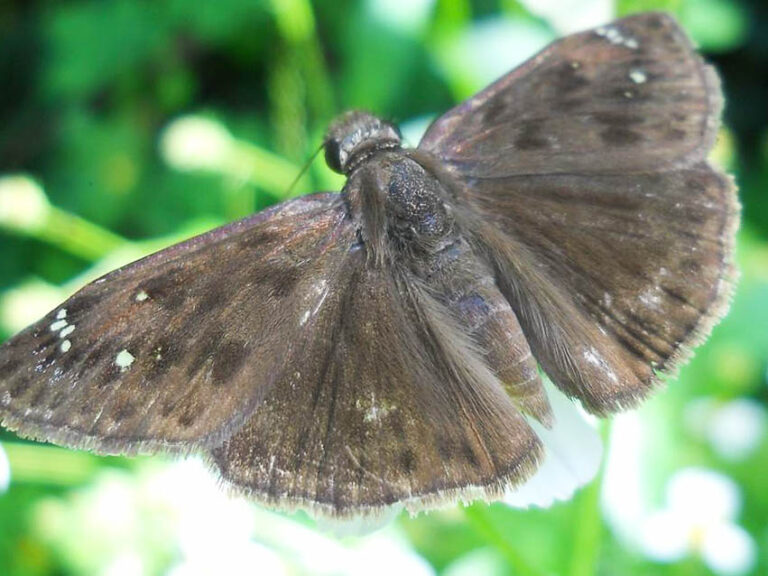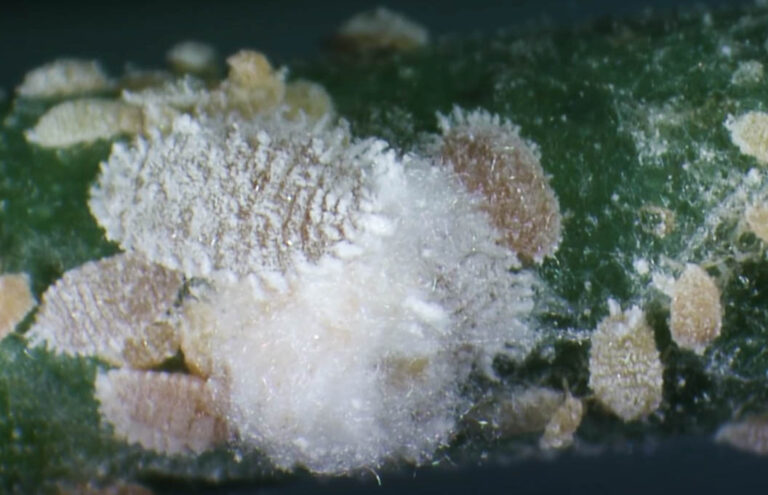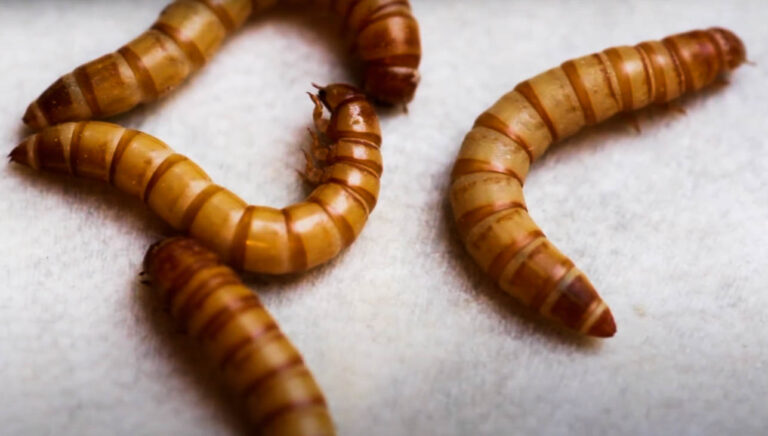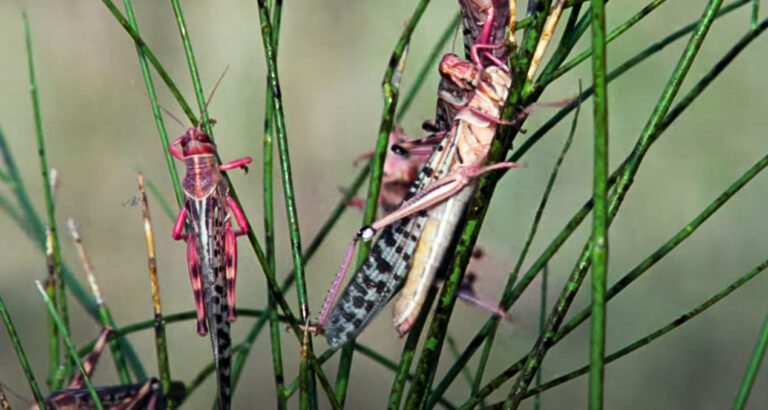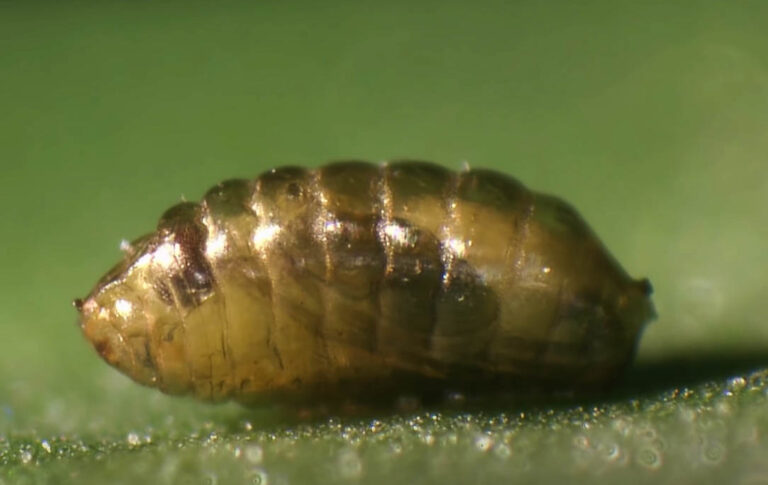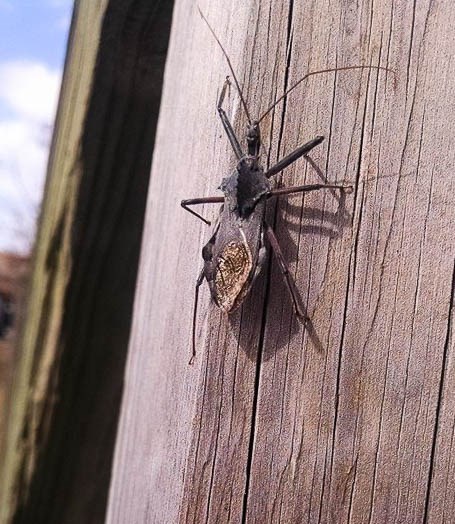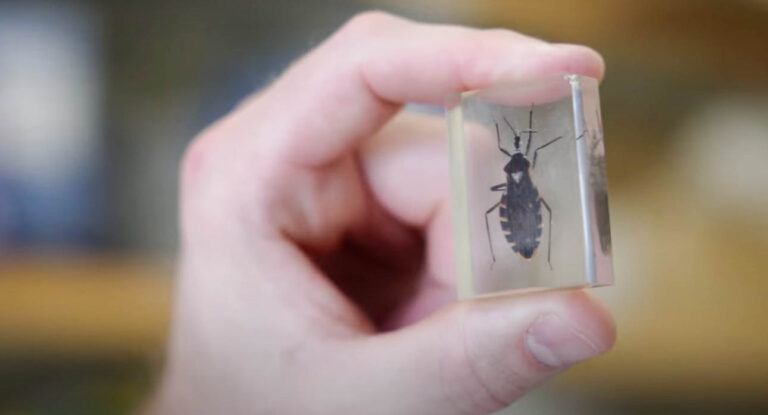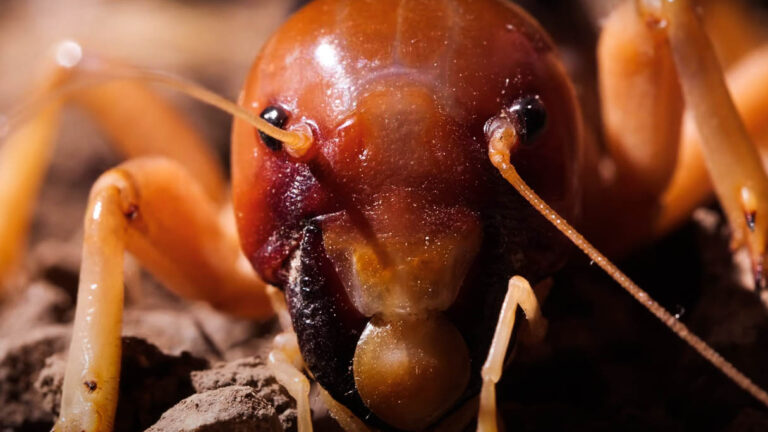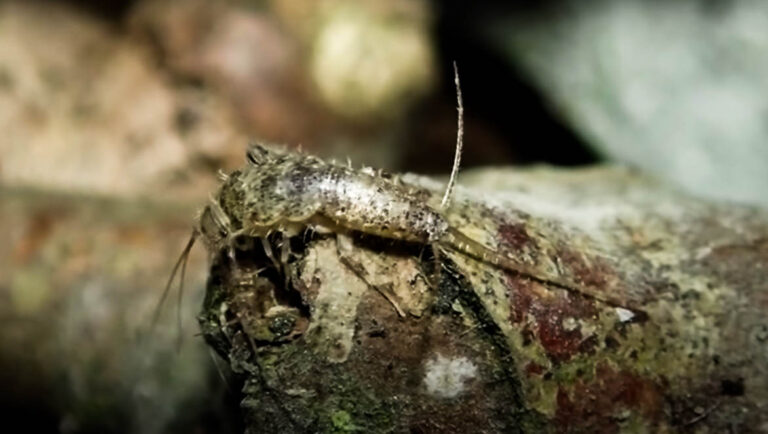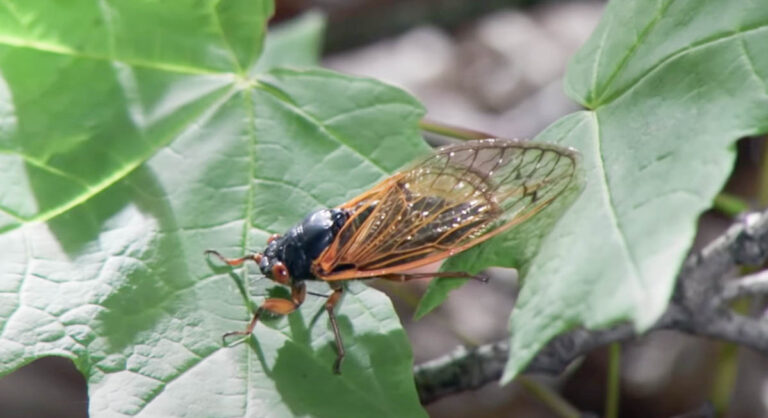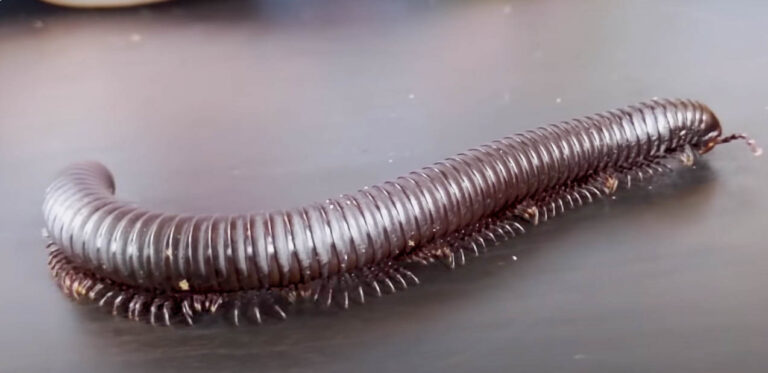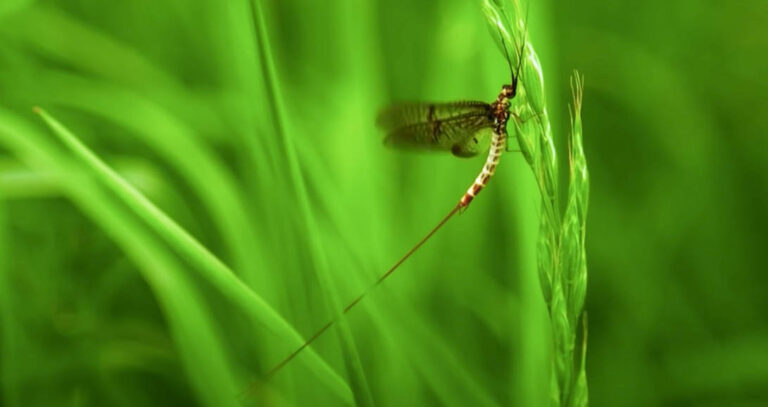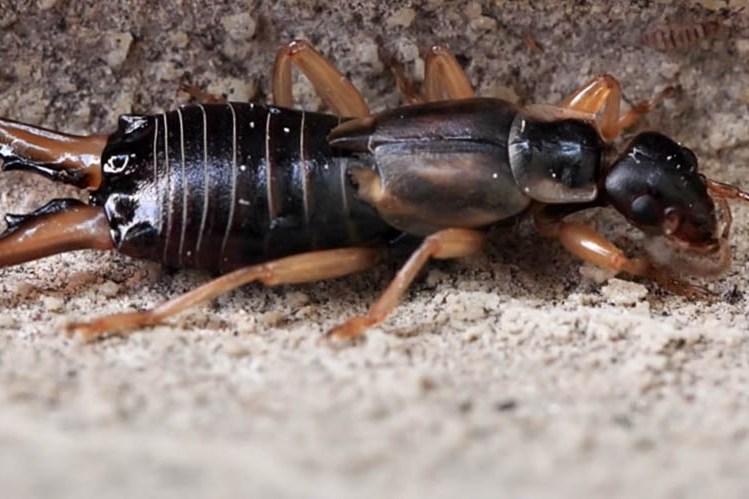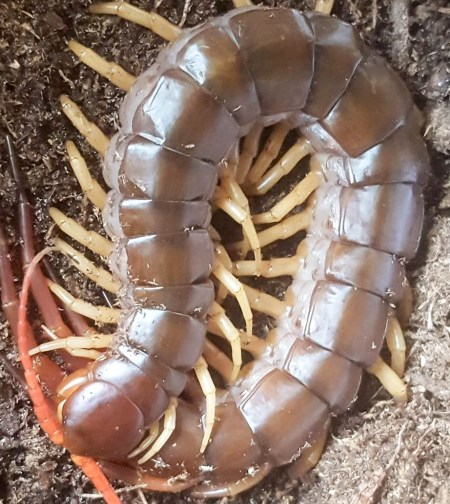About Whiteflies
About Whiteflies
If you have been noticing tiny, white, fly-like insects in your garden around your plants, then it’s most likely you have a whitefly infestation at hand. These soft-bodied winged insects share a close relationship with mealybugs and aphids and are capable of destroying your garden if you let them stay around for too long.
These insects which measure 1/12 of an inch and are triangular in shape are well known for staying in clusters on the surface of leaves. During the day, they stay active and feed aggressively on leaves. However, when disturbed slightly, they will scatter and might never come back to that spot again. Just like other agricultural insect pests, whiteflies come in hundreds of species. However, just a few of these insects affect a wide range of plants. These species include the banded winged whitefly, silver leaf whitefly, giant whitefly, and more. Have you always wanted to know a thing or two about these tiny white insects? Right here, we will be sharing all you need to know about these small insects.
Appearance
Whiteflies share a similar eating habit with aphids. These insects derive nutrients from plants by sucking the sap and other plant juices with their piercing mouthparts. To do this, they secrete a sticky substance known as honeydew to attach themselves to a spot and to dissolve the external layer of the plant parts for easy penetration with their mouth. The honeydew secreted by these insects can also cause several fungal diseases that are capable of killing the plant and some traces of sooty mold on the leaves. The appearance of whiteflies depends on their species. For instance, the greenhouse whitefly has its wings lying flat on its body. While the silver whitefly holds its wings at an angle of 45 degrees. But in most cases, whiteflies usually have a zigzag pattern on their body.
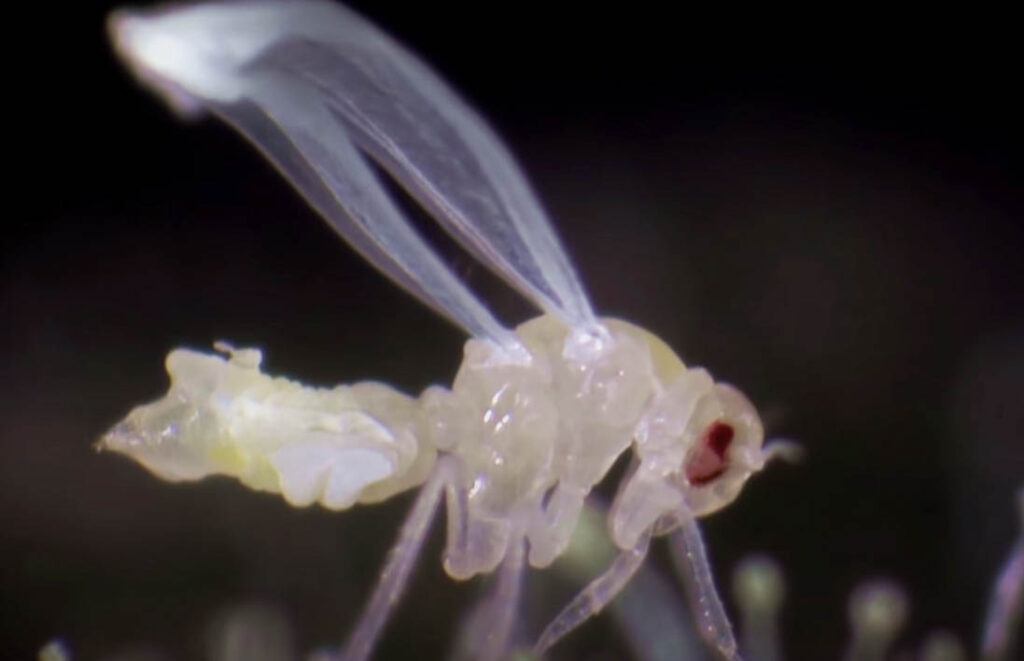
Behavior
Whiteflies are selective when it comes to what to eat, as they often look out for plants with fresh leaves or new growths on trees. Their primary aim is to attack plant leaves along the vein underneath the leaf. Unlike other small insects, whiteflies announce their presence on the surface of leaves and when they are about to fly off, they suddenly fly as a swarm. To set up a new generation of whiteflies, these insects lay their eggs under the surface of leaves. Immediately the eggs hatch into larvae that look like tiny ovals. They begin to suck juice in the same position till they are mature enough to move. An adult female whitefly lays an average of 400 eggs in their lifetime of one to two months.
Damage They Cause
The primary targets of whiteflies are fresh leaves and fruits. If they are going to cause any damage, it’s definitely going to be on fruit plants like okra, peppers, tomatoes, and eggplants. Some species also attack plants like cabbage plants, vegetables, and citrus plants. The activities of whiteflies on these plants cause leaves to wilt, stunted growth, pale or yellowing of leaves, and eventually a drop-off.
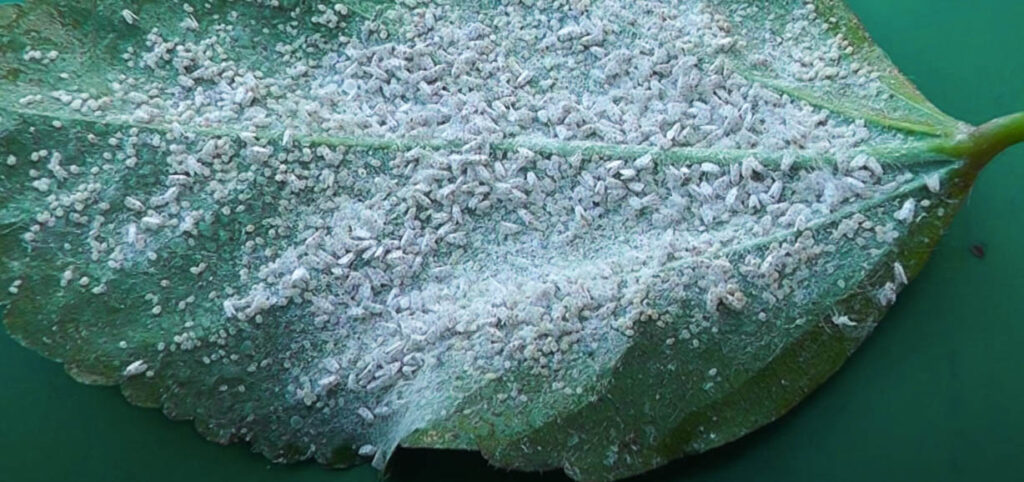
Signs of Infestation
The presence of honeydew on the plant surface is the only obvious sign that you might have a whitefly infestation at hand. The moment you see this on plant leaves around your house, you need to take quick action to get them removed.
How to Get Rid of Whiteflies
When it comes to getting rid of whiteflies, the best way you can do it is by flushing them away with water. You can also use insecticidal soap in place of water to get rid of these tiny insects.

